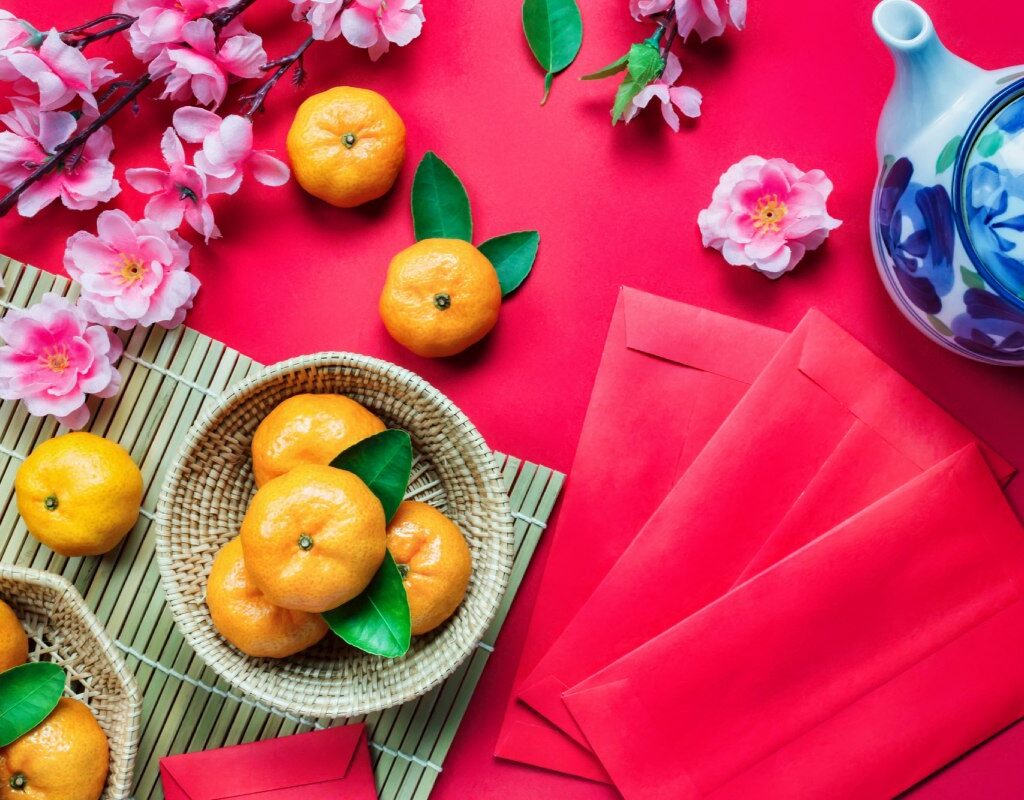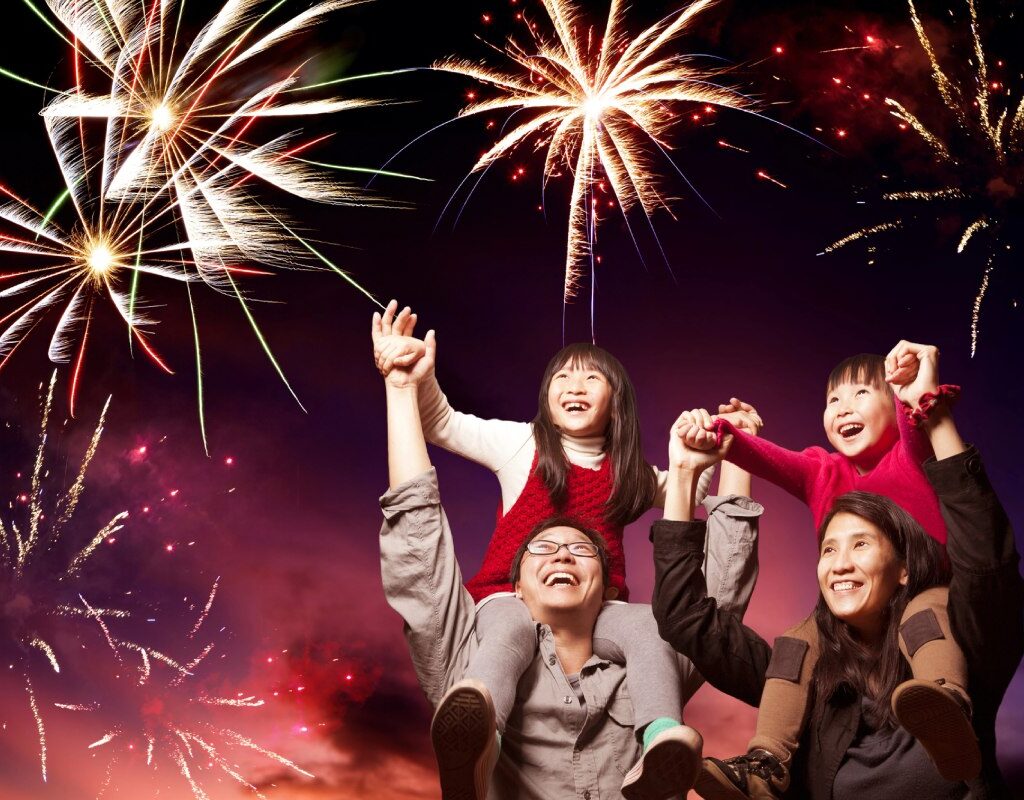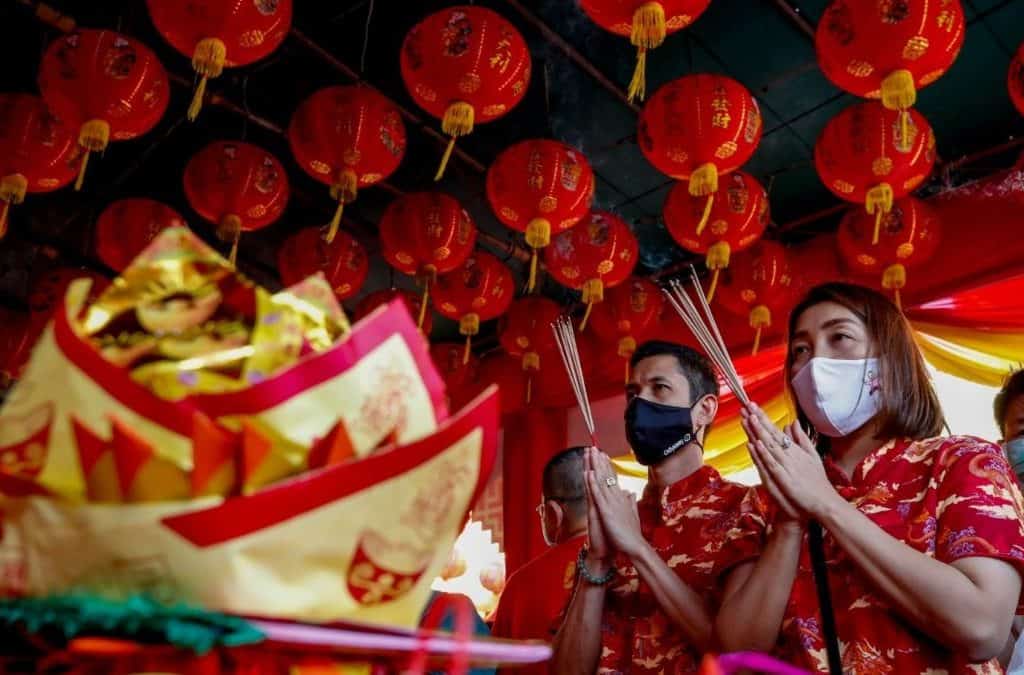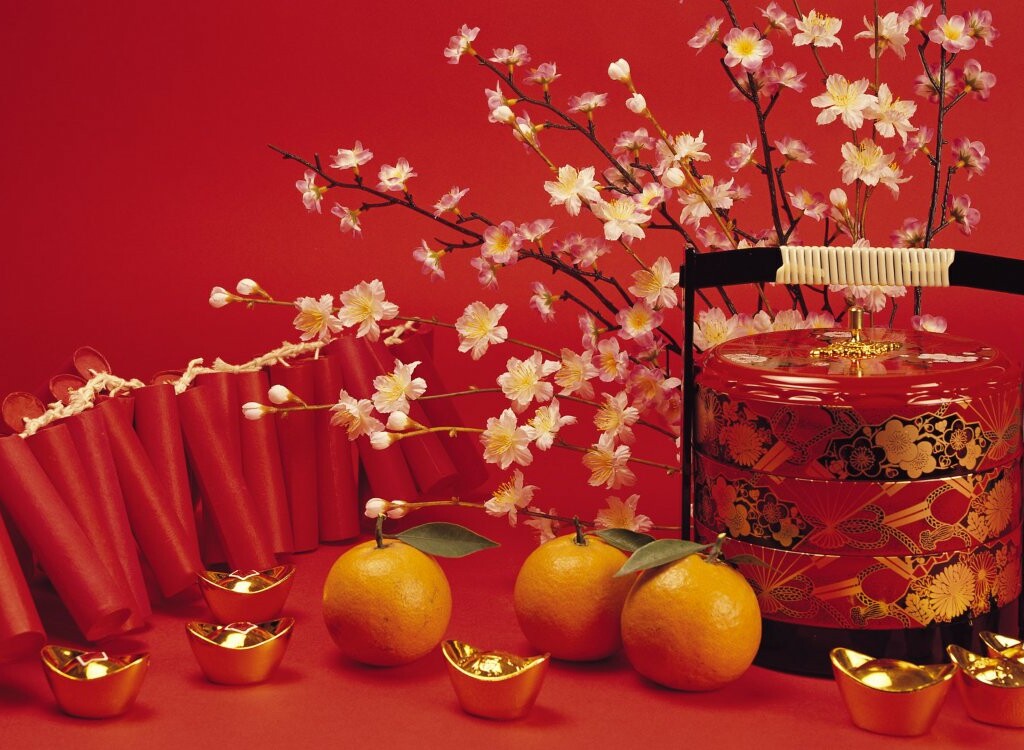February 10th marks the beginning of the Chinese New Year, specifically the year 4722 according to the Chinese calendar, under the sign of the Wood Dragon. This date represents not merely a change of year but an opportunity to start afresh with renewed energy, following ancient traditions and rituals passed down through more than four millennia.
Kicking Off the Chinese New Year: Time-Honored Traditions and Legends
Celebrating the Year of the Wood Dragon: A Blend of Ancestral Rituals and Renewed Hope
Among these practices are the deep cleaning of the home, the gifting of red envelopes as a symbol of good luck, and the act of honoring ancestors, each with a special meaning deeply rooted in Chinese culture.
The story behind these celebrations dates back to ancient legends, in which creatures like Nián, a sea demon with the body of a bull and the head of a lion, emerged during the harsh winter in search of food, attacking villages and their inhabitants. However, tradition shifted when it was discovered that the color red and bright light warded off this fearsome being.
From then on, the Spring Festival became an event of utmost importance, where villages are adorned with red and luminous elements, and fireworks are used to celebrate and protect, keeping the legend of Nián alive at the heart of these festivities.
The Essence of Chinese Culture: Family Unity and Ancestral Rituals
From Home Cleaning to the Reunion Dinner: Symbols of Prosperity and Respect for Ancestors
During these festivities, which span two weeks, families, regardless of where they are in the world, make the journey back home, marking each day with specific activities aimed at strengthening bonds, honoring ancestors, and preparing for a year full of prosperity.
Cleaning the home before the New Year is essential; it’s considered a way to say goodbye to bad luck from the previous year and make room for the fortune that’s to come.
This task culminates in the decoration of spaces with red ornaments, symbols of good luck and prosperity, adorned with wishes for the new cycle. Interestingly, once the new year begins, cleaning activities are paused to not sweep away the newly arrived luck.
Respect and veneration for ancestors hold a paramount place in these celebrations. Before any festivity, including the family reunion dinner, the Chinese dedicate time to honor their ancestors, an act that transcends social differences and is carried out in temples and family altars, reinforcing the bond between the living and the deceased.
Cuisine plays a crucial role in these gatherings, symbolizing wishes for longevity, prosperity, happiness, and unity.
- Long, uncut noodles promise an extended life
- A whole chicken reflects the desire for a united family.
- Northern jiaozi, mimicking ancient gold ingots, and southern niángāo, with their millennia-old tradition as divine offerings, are essential for attracting fortune
- The dish of whole fish, representing a complete and successful cycle, is indispensable on the table, prepared in advance to avoid cooking labor at the start of the New Year, ensuring everyone can fully enjoy the celebration.
Preparations and Celebrations: Superstitions and Gestures of Goodwill
From Stored Knives to Red Lanterns: Traditions Weaving the Fabric of Chinese New Year
China, with its rich cultural heritage spanning more than four millennia, celebrates the New Year as a tapestry of traditions and rituals reflecting both ancient wisdom and family unity.
The preparations for the Chinese New Year include an intriguing superstition: storing all knives to avoid cutting the incoming good luck.
This caution extends to the celebrations themselves, where traditional Chinese liquor, bái jiǔ, plays a central role in toasts, always following the protocol of respect towards elders, a gesture of veneration and consideration for them.
In terms of decoration, flower markets come to life, transforming into vibrant spaces where plants and flowers to adorn homes are carefully selected.
This tradition, which dictates giving flowers three days before the New Year, is based on the belief that each plant has its meaning and the ability to attract various fortunes, from prosperity to love and generational wealth.
Gifts hold a prominent place in these festivities, distinct from Western post-Christmas customs. Wrapped in red and gold, they symbolize good wishes and are given with consideration for the needs and preferences of each recipient, from the elderly to the youngest.
They vary greatly, including from personal wellness items to red envelopes with money for children, always avoiding colors or elements associated with negative connotations such as mourning or infidelity.
In more recent times, the ways of expressing these New Year wishes have evolved, especially among younger people, who opt for digital greetings or virtual red envelopes, keeping the essence of the tradition alive in the context of modernity.
This adaptation reflects the Chinese culture’s ability to preserve its millennia-old roots while opening up to new forms of expression and communication.
The Splendor of the Lantern Festival: Amid Lanterns and Wishes
Concluding the Festivities Under the Full Moon: Family, Unity, and the Adoption of Traditions in the West
The Day of the Dragon celebrated on the eleventh day of the festival, gathers crowds in the streets to marvel at dragon dances accompanied by the rhythm of fireworks, a spectacle that captures the essence of the celebration and the spirit of the community.
But it is the Yuan Xiao Jie, or Lantern Festival, that marks the end of the festivities, under the year’s first full moon, symbolizing rebirth and the warmth of the approaching spring.
On this day, red lanterns, meticulously crafted, light up the night, carrying the wishes and hopes of those who light them.
A central element of the Lantern Festival celebration is the tangyuan, small rice flour balls that symbolize unity and family reunion.
Preparing and sharing tangyuan becomes an act of love and cohesion, reflecting the value of family and community in Chinese culture. This act of gathering around a table to share food, looking up at the sky, and contemplating the full moon strengthens family bonds and the connection with the natural cycle.
Regarding the adoption of Chinese traditions in the West, the interest in Feng Shui, the practice of traditional Chinese medicine, and the celebration of the Chinese New Year in cities with significant Asian-origin populations are examples of how Chinese cultural wealth has permeated and enriched the multicultural fabric of many Western societies.
These adoptions reflect not only an appreciation for the diversity and richness of Chinese traditions but also a desire to integrate aspects of this ancient wisdom in the pursuit of well-being and harmony in our own lives.
Related video
The cover image was provided courtesy of DepositPhotos.com, a resource that has more than 250 million stock photos, music and videos.




